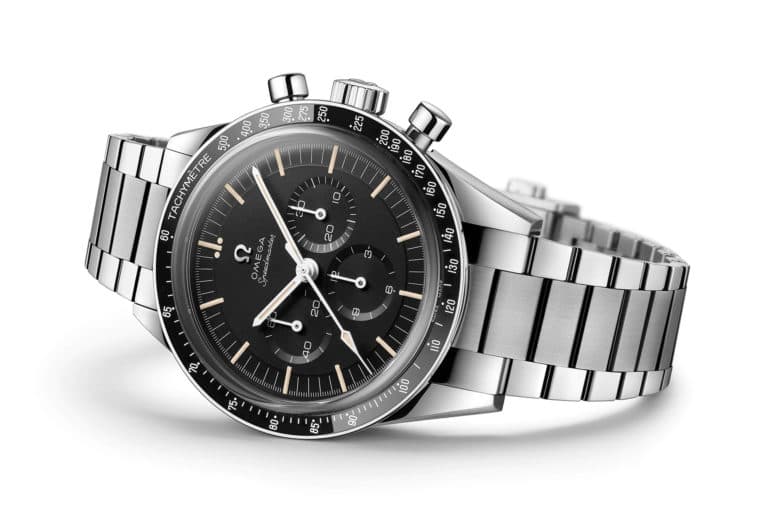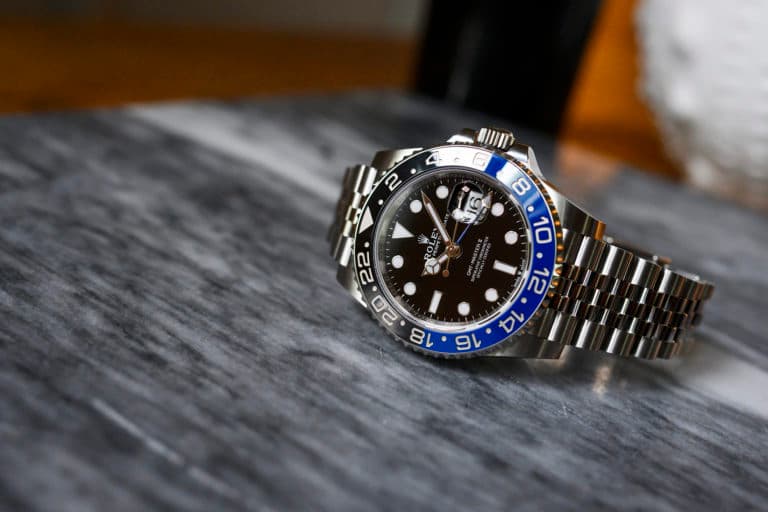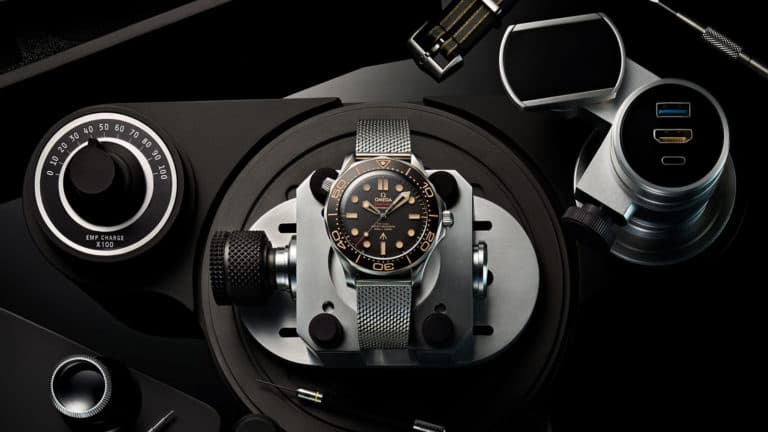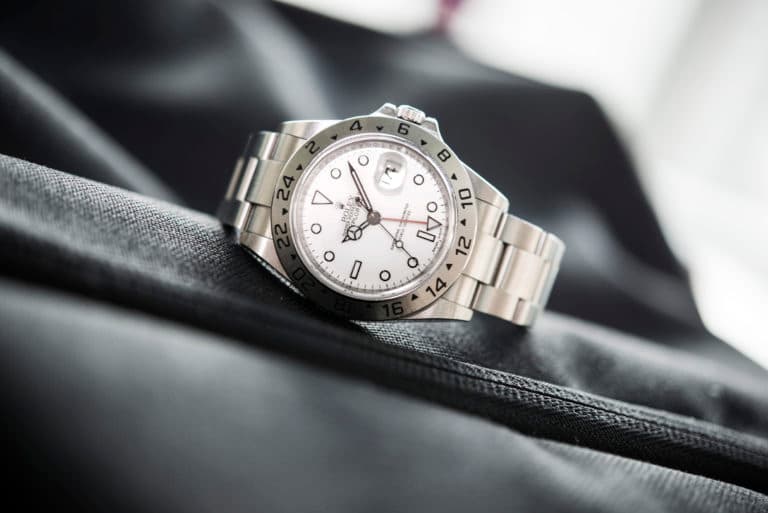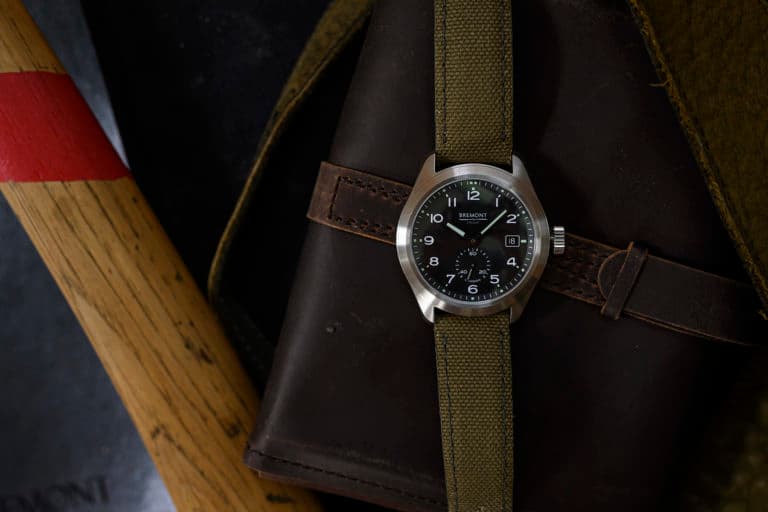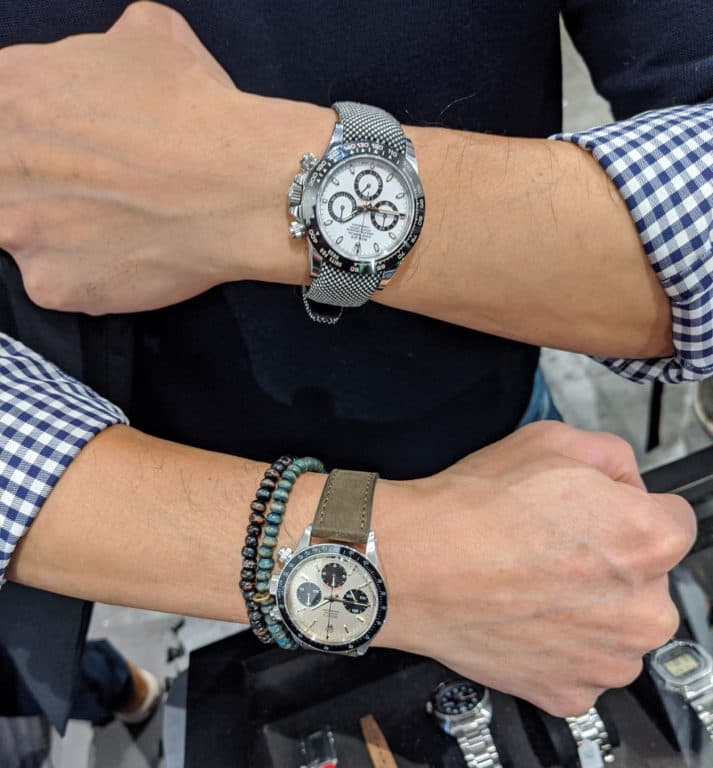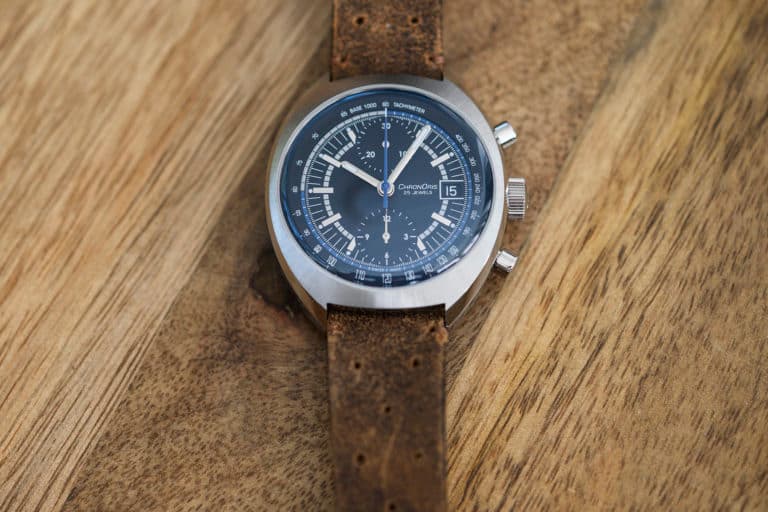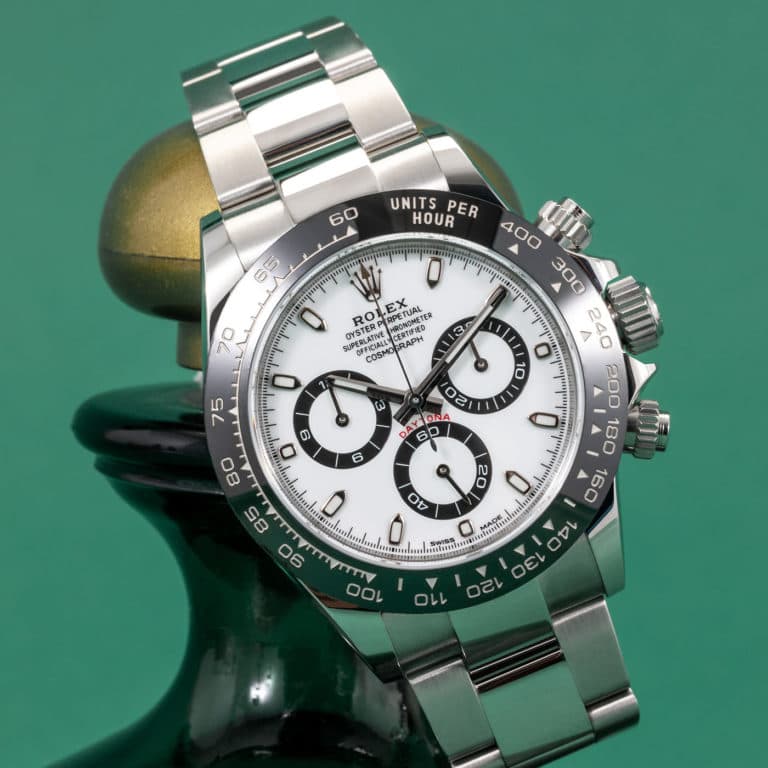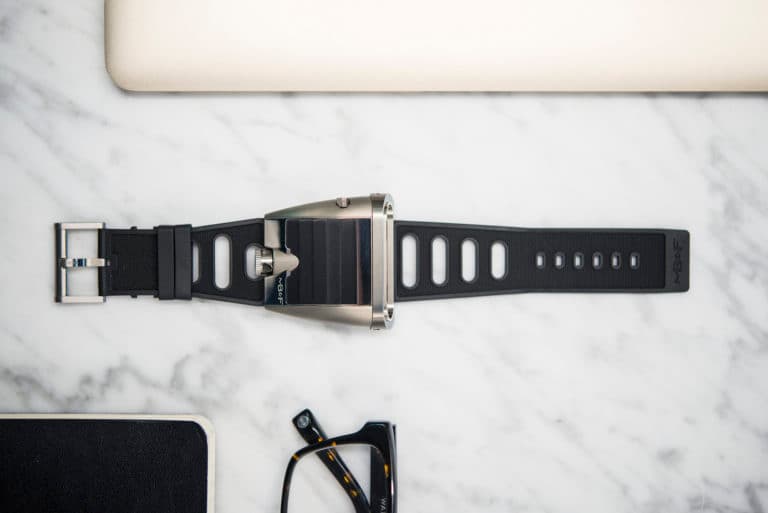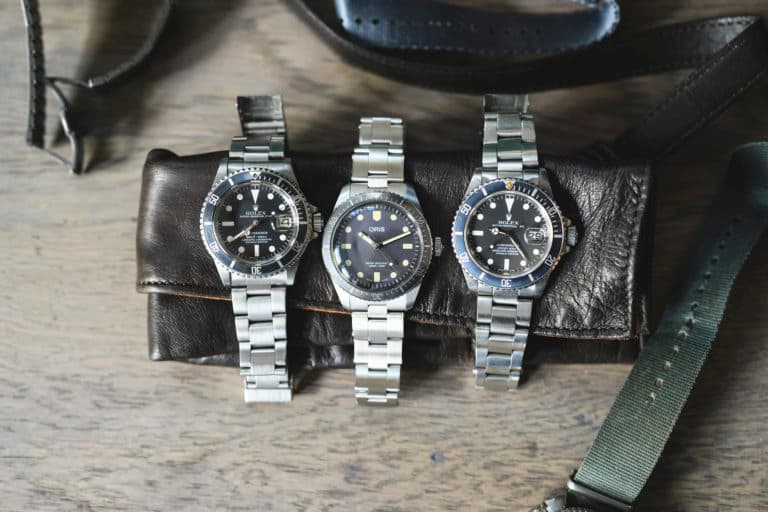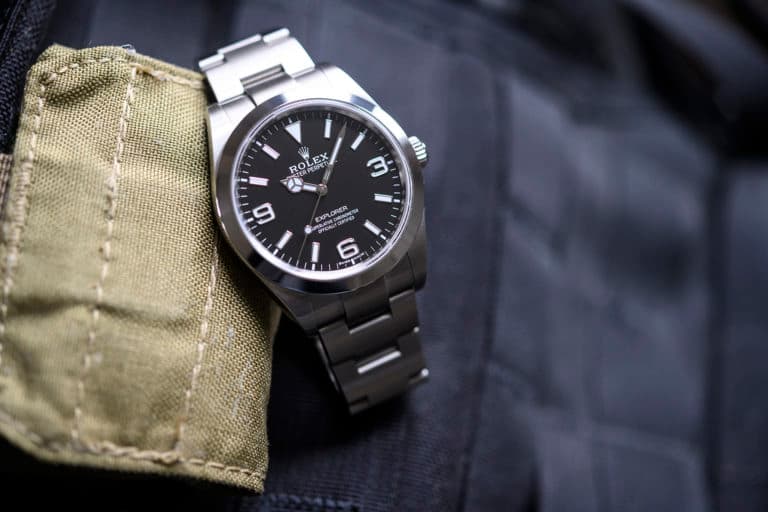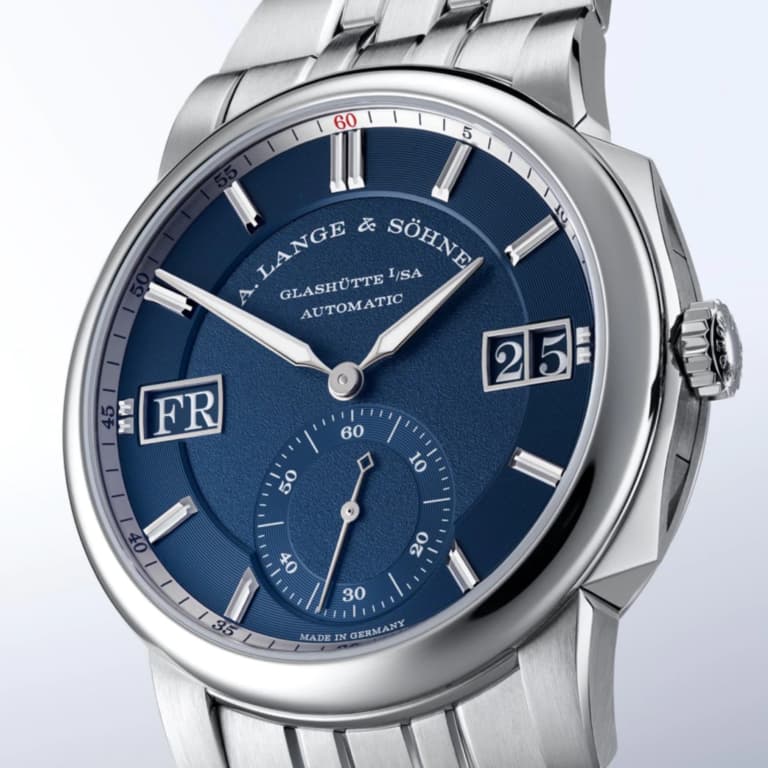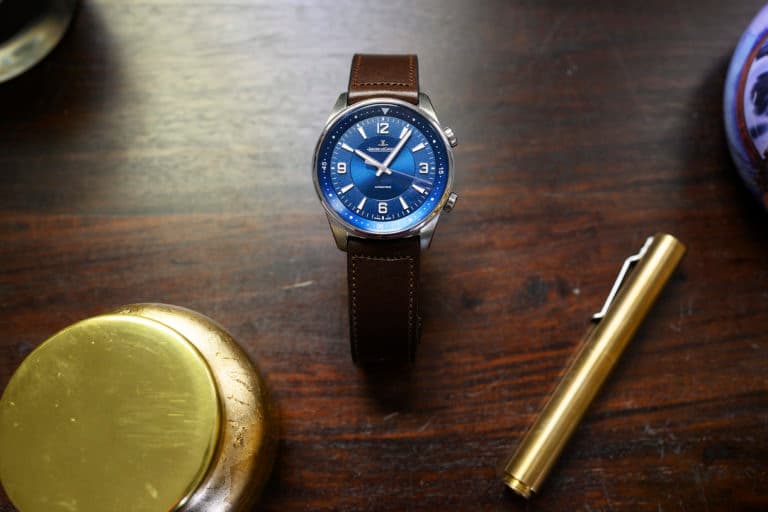Doxa is a brand you may not be entirely familiar with (unless you’re an avid recreational diver, perhaps) due to the limited nature of their releases and the hyper-niche category they occupy. Their history may not be unbroken, but it does begin over 100 years ago and features more than a few interesting people, places, and things. Doxa has built a reputation on their dive watches since the 60’s (and for good reason), but there’s a lot to love prior to that period. Let’s take a closer look at what this brand is all about.
Pre-Sub Era
Georges Ducommun is the man at the beginning of Doxa. A watchmaker working out of Le Locle, Switzerland, Georges saw opportunity in a burgeoning automobile racing industry and began producing instrument panel clocks for these machines (in addition to aircraft of the day), appearing in some of the finest marques of the time, such as the iconic Bugatti type 35. With the passing of Ducommun, the brand fell under the direction of Jacques Nardin (the grandson of Ulysse Nardin), who brought watches like the Bauhaus inspired Grafic to market through the 50s.
Era of the Sub
Moving into the 60’s, Doxa shifted their focus to an emerging hobby in the US, that of recreational diving. Doxa developed a research team consisting of professional divers (including Jacques Cousteau, of U.S. Divers) and watchmakers, and set out to create a functional dive watch that would be more accessible than options from the likes of Rolex and Blancpain, which catered to the professional crowd. To this end, the Doxa Sub was born in 1967, and it was an immediate stand-out thanks in large part to its bright orange dial. Everything about the Sub was done with a purpose in mind, the orange dial was selected for its high visibility underwater, the raised bezel was easy to manipulate with diving gloves and included a non-compression chart around its edge, and of course, a 300-meter depth rating. So effective was the watch that Cousteau sold it via U.S. Divers retail stores with the “Aqua-Lung” logo emblazoned at 7:30 on the dial.
The Sub 300 was a turning point for Doxa, and it’s a watch that remains at the forefront of the brand’s image to this day. The watch has spawned a diverse range of configurations and grown into a family of dive watches ranging from the original 300 to the 6000T. Through the remainder of the 60’s and 70s, Doxa became part of Synchron S.A, and later Aubrey Freres S.A. before being acquired by the Jenny family in 1997. By 1999, Doxa watches were being sold online, far ahead of any other watch brand, offering their watches direct to the consumer (seriously, have a look for yourself).
Today, the Doxa Sub can be considered a world-class diving watch as evidenced by its broad usage among professional and government agencies. This impressive list includes U.S. Divers, Spirotechnique, Aqua Lung, Royal Australian Navy, Poseidon, Tabata, Project Aware, Ocean futures, Seahunters, NUMA, and the Cousteau’s. And if you accept fictional characters, you can add Clive Cussler’s Dirk Pitt to that list. In other words, it’s a watch that’s beyond qualified for any desk diving adventures you can throw at it, and could even serve as a gateway to a new hobby and way of life.
You can learn more about Doxa as well as shop their current collection on their website, right here.





